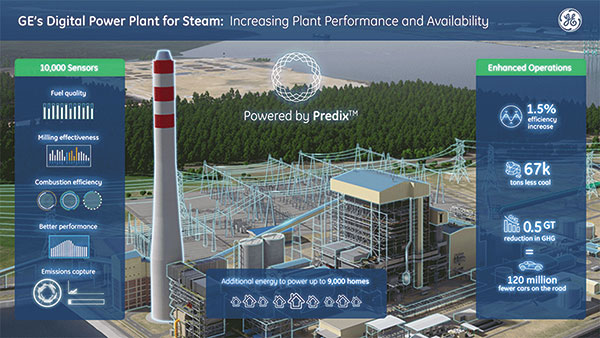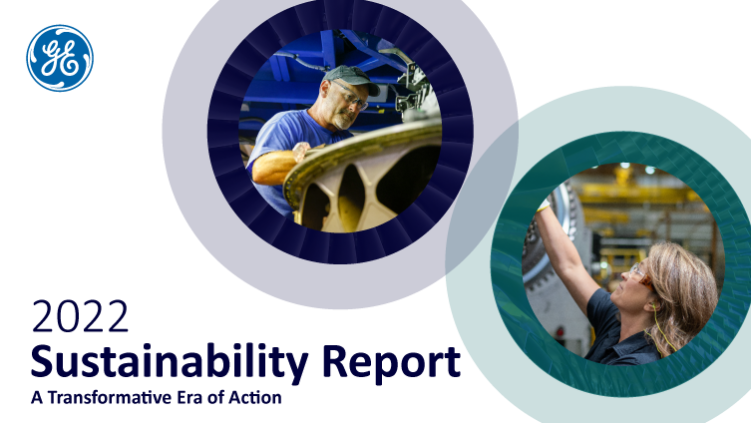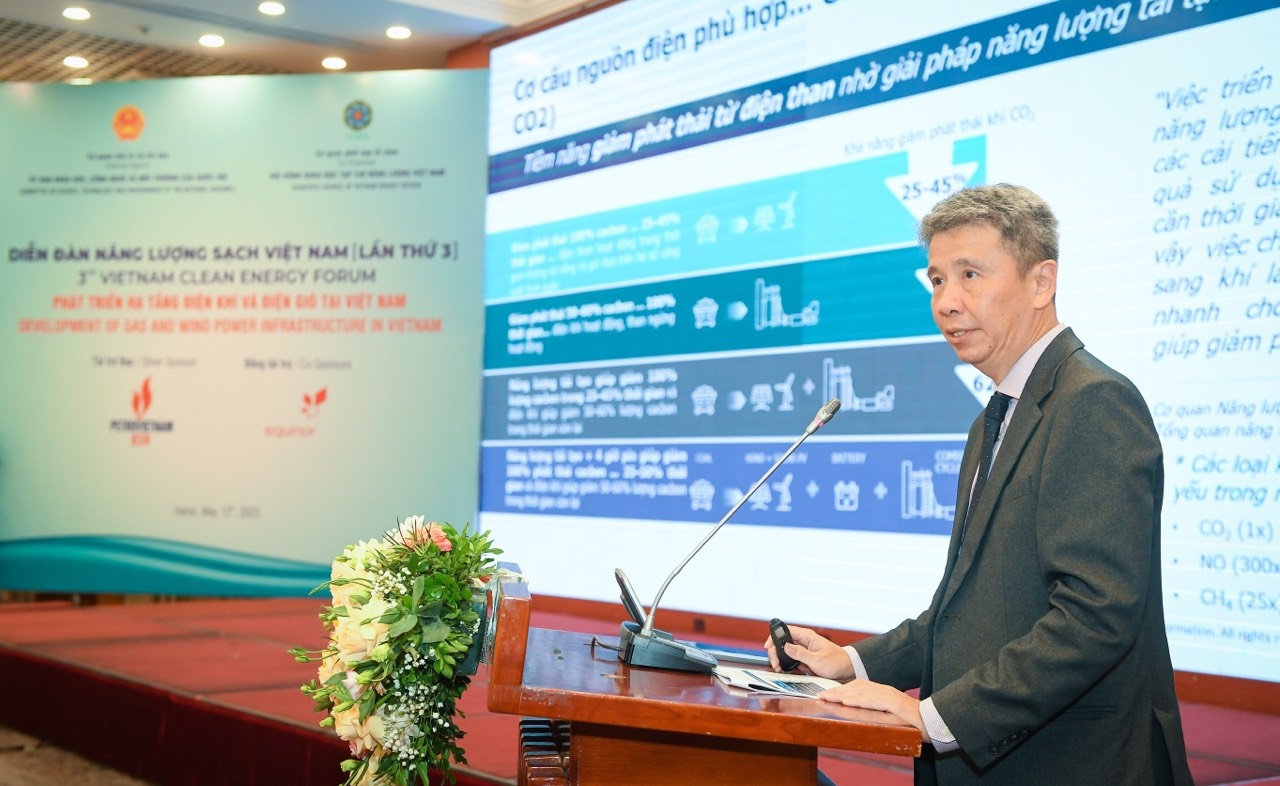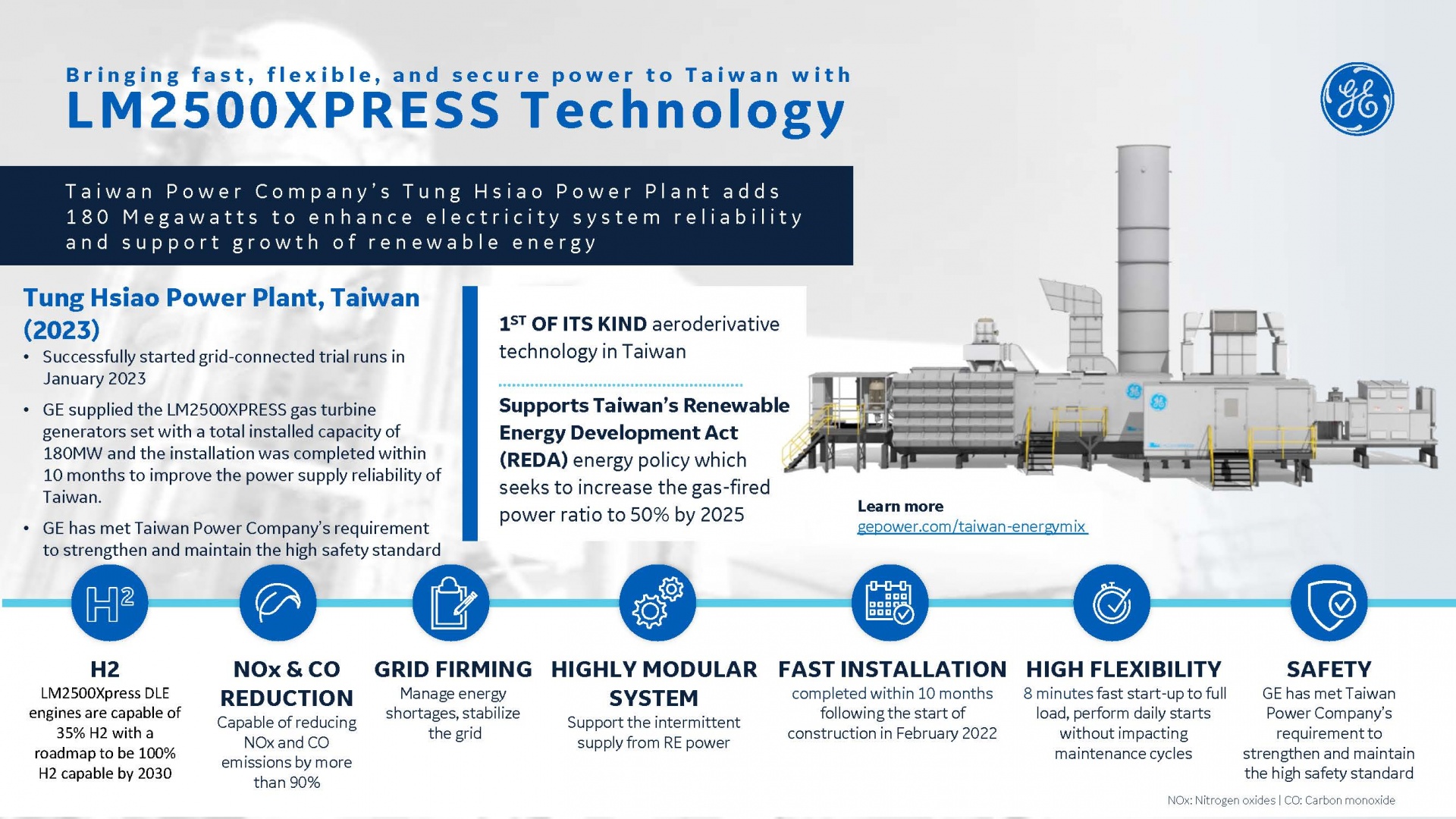The digital revolution transforms power plant
 |
| GE’s Digital Power Plant for Steam delivers innovative solutions to coal plant operators, helping to increase performance and reduce costs |
GE’s Digital Power Plant for Steam helps plant operators make smarter decisions about how to optimally run their power plants.
A coal plant is complex – with varying fuel types, fluctuating grid demand, aging facilities, and requires five times more equipment than a combined cycle power plant. All of these factors mean the job of a coal plant operator is far from simple, and more flexibility is required to ensure the plant achieves its best possible performance in terms of output, efficiency, and equipment reliability, while still comply with emissions limits.
Adding to this complexity, the objectives of the operator might also change over time. For example, they may need to keep fuel consumption as low as possible and protect the life time of critical components, or answer to additional grid power demands as fast as possible. With so many issues at play, the job of a coal plant operator is an incredibly complex one, but they are about to get a virtual helping hand.
GE is working with operators to provide digital solutions to simplify and automate decision making in plants to optimise performance and asset availability, while lowering life cycle cost. The new and innovative technologies being developed by GE Power unlock critical efficiency gains for operators. And through the introduction of these applications, GE aspires to revolutionise the way steam power plants function – digitising them to be more productive, responsive, and reliable while leaving an exceptionally low environmental footprint.
“A modern coal-fired power plant has about 10,000 sensors, which monitor everything from steam temperature and pressure to equipment’s vibrations, so the issue is not about producing more data, it is about capturing it and using it to better effect,” explained Sebastien Desvignes, digital leader for GE Steam Power Systems.
Using the company’s proprietary software Predix – the operating system for the Industrial Internet – Sebastien and his team are able to collect and analyse the vast quantities of data transmitted by these sensors and provide operators with insights into how their plant is performing in real-time and, more importantly, what actions they need to take to boost efficiency further. The digital technologies can even predict future outages and help operators schedule maintenance. The idea is to harness big data and analytics to empower operators, putting them in a position where they can make smarter, quicker decisions based on a variety of inputs, from real-time information to important historical data.
 |
| RDK8 (3Dview) is the most efficient steam power plant |
One of the digital tools that GE has built specifically for this purpose is Plant Optimization – a digital replica of the physical steam plant that is continuously monitored in real-time to identify pinch points or areas of the facility in need of attention. Plant Optimization shows the difference between the current status of a plant and its ideal performance so operators can take steps to ensure their plant is running optimally. Known as systematic gap analysis, this futuristic feature helps improve the overall plant performance and minimise unplanned downtime. It is also central to reducing costs by increasing plant efficiency. Although at first glance, the efficiency gains appear relatively small – in the region of 1 to 2 per cent – they represent a huge value of around $2 million per year for the operator. Over a 10-year period, that is $20 million in added-value as a result of efficiency, output, and availability improvements.
Boiler efficiency has the greatest impact on the overall plant efficiency. GE’s software improves boiler reliability and efficiency. It can reduce CO2 by 1-2 per cent and NOx by 10-15 per cent through integrated optimisation of the combustion and soot cleaning processes. Every point of efficiency lowers CO2 emission by 2 per cent and helps to save 67,000 tonnes of coal per year. By taking advantage of these digital applications, which can be retrofitted into existing facilities as well as installed in new steam power plants, including non-GE and legacy Alstom plants commissioned in the past 25 years, operators are able to reduce their operating costs and curb their emissions because they require less coal to create the same amount of energy. It also allows operators to quickly ramp up energy production in order to meet demand from the grid.
GE also develops the SmartStart app, which reduces inefficiencies that occur on load change by helping the operators improve key parameters, including speed to grid and impact to asset life and fuel – allows operators to respond more quickly to that opportunity, in a way that was never possible before and that is important for profitability.
Another app is the Coal Analyser – an online analysis program being developed to enable real-time tuning of the combustion and exhaust management process based on the properties of the coal and ash. It will incorporate an early warning system to alert operators to a change in the quality of the coal and can recommend adjustments that help to limit emissions. Coal Analyser enhances plant performance by tuning combustion and exhaust management processes based on coal properties (i.e. moisture content). This can reduce fuel consumption by 4,400 tonnes of coal per year with the same MW output in a single steam power plant.
GE Power’s digital technologies can also help operators tackle the potentially costly issue of unplanned downtime, where the plant is forced offline temporarily due to an unexpected technical problem or glitch. By tracking performance across the full balance of the plant, GE’s continuous online monitoring service can detect deviations in the performance of different pieces of equipment and thus, help avoid failures or expensive shutdowns before they occur. With the whole Asset Performance Management suite, which consists of technologies that can help customers foresee and sidestep issues before they occur. The process enables customers to take precautions through asset monitoring, blended with predictive analytics using more than 300 algorithms. Over the next decade, GE Power projects that saving for GE’s customers in operational and maintenance costs could approach $1 billion.
Keeping a plant up and running for the longest possible period of time is arguably the number one priority for operators. Therefore, the value they attach to such digital capabilities is only likely to increase as greater awareness of their potential grows within the industry.
“Digital is not about going beyond the physical capability of the plant but it does guarantee improved reliability,” Sebastien said. “The reality is – it’s much easier to manage a planned outage because you know which parts you need to replace and you can get it done quickly.”
The focus GE Power has placed on driving efficiency gains through its digital applications is understandable when you consider that the technology is capable of delivering an additional 6 to 9MW of power in a 600MW plant without increasing emissions. For a customer with a large fleet those incremental gains represent significant cost savings.
“To meet the demands of the future, we know we need to achieve even higher efficiency and the lowest emissions. Digital allows us to do that,” Sebastien said. “Put it this way, there is a reason 90 per cent of power plant operators rank digital as being among their top three priorities. This is really huge.”
| RELATED CONTENTS: | |
| Harnessing lava-like temperatures to boost power | |
What the stars mean:
★ Poor ★ ★ Promising ★★★ Good ★★★★ Very good ★★★★★ Exceptional
Latest News
More News
- Addressing Vietnam's energy challenges with aeroderivative gas turbines (February 28, 2023 | 09:33)
- How to sprint ahead in 2023’s worldwide energy priorities (February 08, 2023 | 13:55)
- Boosting Vietnam's grid stability through gas turbine technology (November 22, 2022 | 20:02)
- Healthcare trio collaborates to provide thousands of free breast scans (October 27, 2022 | 17:19)
- GE Healthcare's vision for AI-backed radiology (September 29, 2022 | 11:53)
- GE brand trio to shape the future of key industries (July 19, 2022 | 15:35)
- GE unveiling brand names and defining future (July 19, 2022 | 15:16)
- GE: the shortest route towards sustainability (July 18, 2022 | 08:00)
- Be proactive in an uncertain world (May 20, 2022 | 11:40)
- GE secures first 9HA combined cycle power plant order in Vietnam (May 16, 2022 | 17:06)


















 Mobile Version
Mobile Version